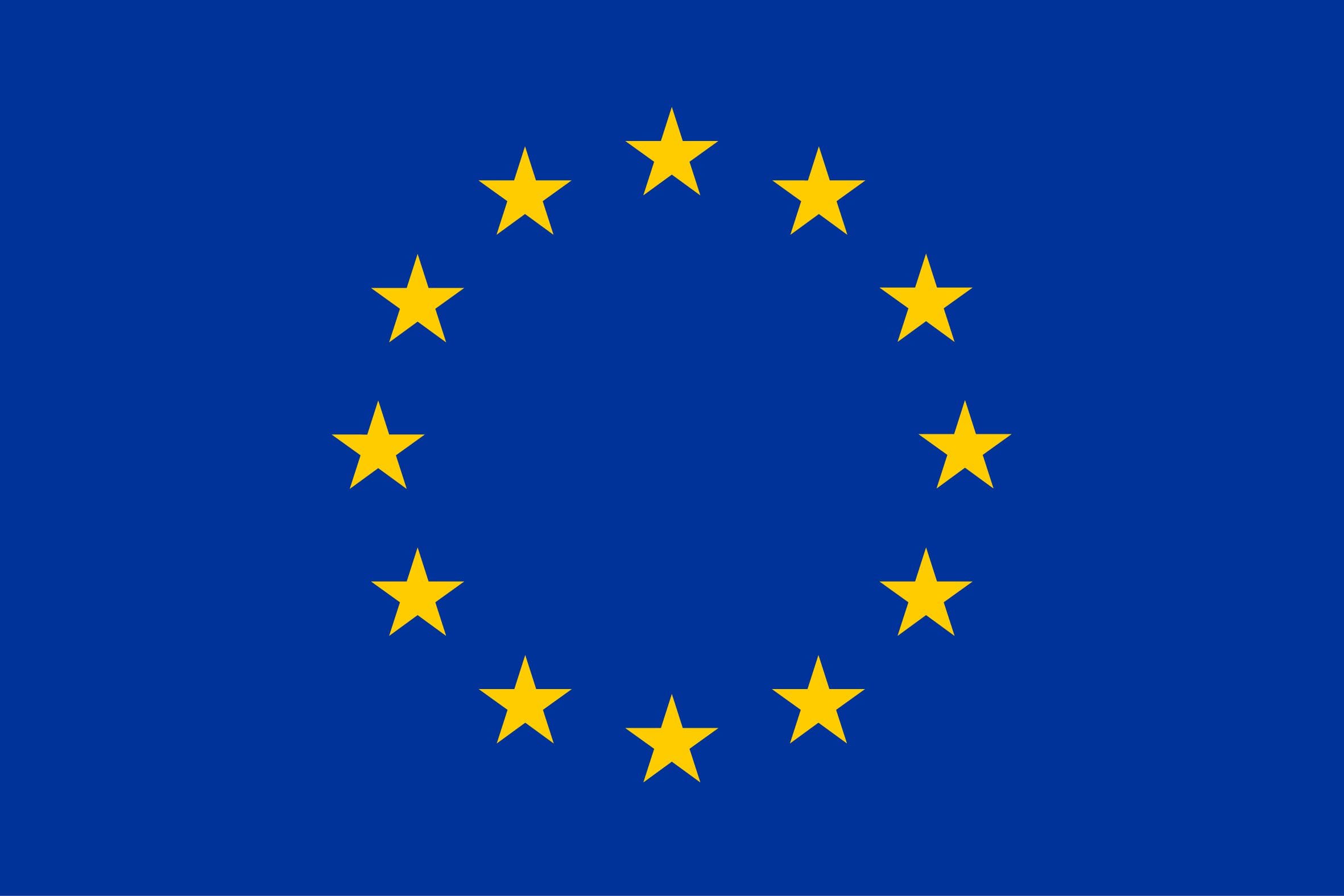Featured photo: official flag for digital use
Table of Contents
The political centers of the EU
Brussels:
- Seat of European Commission (organ of the EU),
- headquarters of European Council and Council (organs of the EU),
- subsidiary of European Parliament (organ of the EU),
- Seat of the Economic and Social Committee,
- Seat of the Committee of the Regions
Luxembourg:
- seat of Court of Justice of the European Union (organ of the EU),
- seat of Court of Auditors (organ of the EU),
- Subsidiary headquarters of the European Council and Council (organs of the EU),
- Seat of the General Secretariat European Parliament (organ of the EU),
- Seat of European Investment Bank.
Strasburg
- headquarters of European Parliament (organ of the EU)
Frankfurt:
- Seat of European Central Bank (organ of the EU)
The Hague:
- Headquarters of the European Police Office (Europol)
The population & size of the EU
512 710 966 million inhabitants (2018)
4 383 136 square kilometers (2018)
The motto of the EU
The motto in all 24 official languages of the EU:
- Bulgarian: Обединен в многообразието
- Danish: Forenet i mangfoldighed
- English: United in diversity
- English: United in diversity
- Estonian: Ühinenud mitmekesisuses
- Finnish: Moninaisuudessaan yhtenäinen
- French: Unie dans la diversité
- Greek: Ενωμένοι στην πολυμορφία
- Irish: Aontaithe san éagsúlacht
- Italian: Unita nella diversità
- Croatian: Ujedinjeni u različitosti
- Latvian: Vienota dažādībā
- Lithuanian: Suvienijusi įvairovę
- Maltese: Magħquda fid-diversità
- Dutch: In verscheidheid verenigd
- Polish: Zjednoczona w różnorodności
- Portuguese: Unida na diversidade
- Romanian: Uniţi în diversitate
- Swedish: Förenade i mångfalden
- Slovak: Zjednotení v rozmanitosti
- Slovenian: Združena v raznolikosti
- Spanish: Unida en la diversidad
- Czech: Jednotná v rozmanitosti
- Hungarian: Egység a sokféleségben
and on
- Latin: In varietate concordia
The anthem of the EU
More on the anthem in a moment here.
The flag of the EU

The 27 member states the EU
| Country | Member since | Capital |
| Belgium | 1957 | Brussels |
| Bulgaria | 2007 | Sofia |
| Denmark | 1973 | Copenhagen |
| Germany | 1957/1990 | Bonn/Berlin |
| Estonia | 2004 | Tallinn |
| Finland | 1995 | Helsinki |
| France | 1957 | Paris |
| Greece | 1981 | Athens |
| Ireland | 1973 | Dublin |
| Italy | 1957 | Rome |
| Croatia | 2013 | destination |
| Latvia | 2004 | Riga |
| Lithuania | 2004 | Vilnius |
| Luxembourg | 1957 | Luxembourg |
| Malta | 2004 | Valletta |
| Netherlands | 1957 | Amsterdam |
| Austria | 1995 | Vienna |
| Poland | 2004 | Warschau |
| Portugal | 1986 | Lisbon |
| Romania | 2007 | Bucharest |
| Sweden | 1995 | Stockholm |
| Slovakia | 2004 | Bratislava |
| Slovenia | 2004 | Ljubljana |
| Spain | 1986 | Madrid |
| Czechia | 2004 | Prague |
| Hungary | 2004 | Budapest |
| United Kingdom | 1973 - 2020 * | London |
| Cyprus | 2004 | Nicosia |
The 24 official languages of the EU
- Bulgarian (minority language in Greece, Romania and Hungary)
- Danish (minority language in Germany and Sweden)
- German (minority language in Belgium, Denmark, France, Italy, Poland, Romania, Slovakia, Slovenia, Czech Republic and Hungary)
- English
- estnisch
- finnisch
- French (minority language in Italy)
- Greek (minority language in Hungary)
- irisch
- Italian (minority language in France and Croatia)
- Kroatisch
- lettisch
- Litauisch
- Maltese
- Dutch (minority language in France)
- Polish (minority language in Latvia, Lithuania, Romania, Czech Republic and Hungary)
- portugiesisch
- Romanian (minority language in Bulgaria and Hungary)
- Swedish (minority language in Finland)
- Slovak (minority language in Austria, Poland, Romania, Czech Republic and Hungary)
- Slovene (minority language in Italy, Austria and Hungary)
- Spanish
- Czech (minority language in Austria and Romania)
- Hungarian (minority language in Austria, Croatia, Romania, Slovakia and Slovenia)
The three working languages of the EU
- German (hardly used anymore)
- English (Priority 1)
- French
The eight currencies of the EU
- Euro
- Bulgarian lev
- Danische Krone
- Polish zloty
- Romanian leu
- Swedish crown
- Czech koruna
- Hungarian forint
Who can become a member of the European Union?
The Treaty on European Union states that any European country can apply for membership if it respects the EU's democratic values and is committed to promoting them.
More specifically, a country can only become a member if it meets all the membership criteria:
- political criteria – it must have stable institutions capable of guaranteeing democracy, the rule of law and human rights,
- economic criteria - it must have a functioning market economy and be able to withstand competitive pressures and market forces within the Union,
- legal criteria - it must accept the current EU legislation and its implementation in practice, in particular the main objectives of political, economic and monetary union.
Current candidate countries
- Albania
- Northern Macedonia
- Moldavia
- Montenegro
- Serbia
- Turkey
- Ukraine
Potential further candidate countries
- Bosnia and Herzegovina
- Kosovo
Countries that have since resigned, have so far refused to join or have withdrawn their application
- Greenland
- to Iceland
- Norway
- Switzerland
- United Kingdom
Member states of the Council of Europe that are not yet EU members can certainly be considered for membership. For other states, for example around the Mediterranean, a long-term accession perspective could have a positive effect on both sides.
Further information
If you want to know more about Europe and the European federalists, I recommend the book "Europe is for everyone!"







